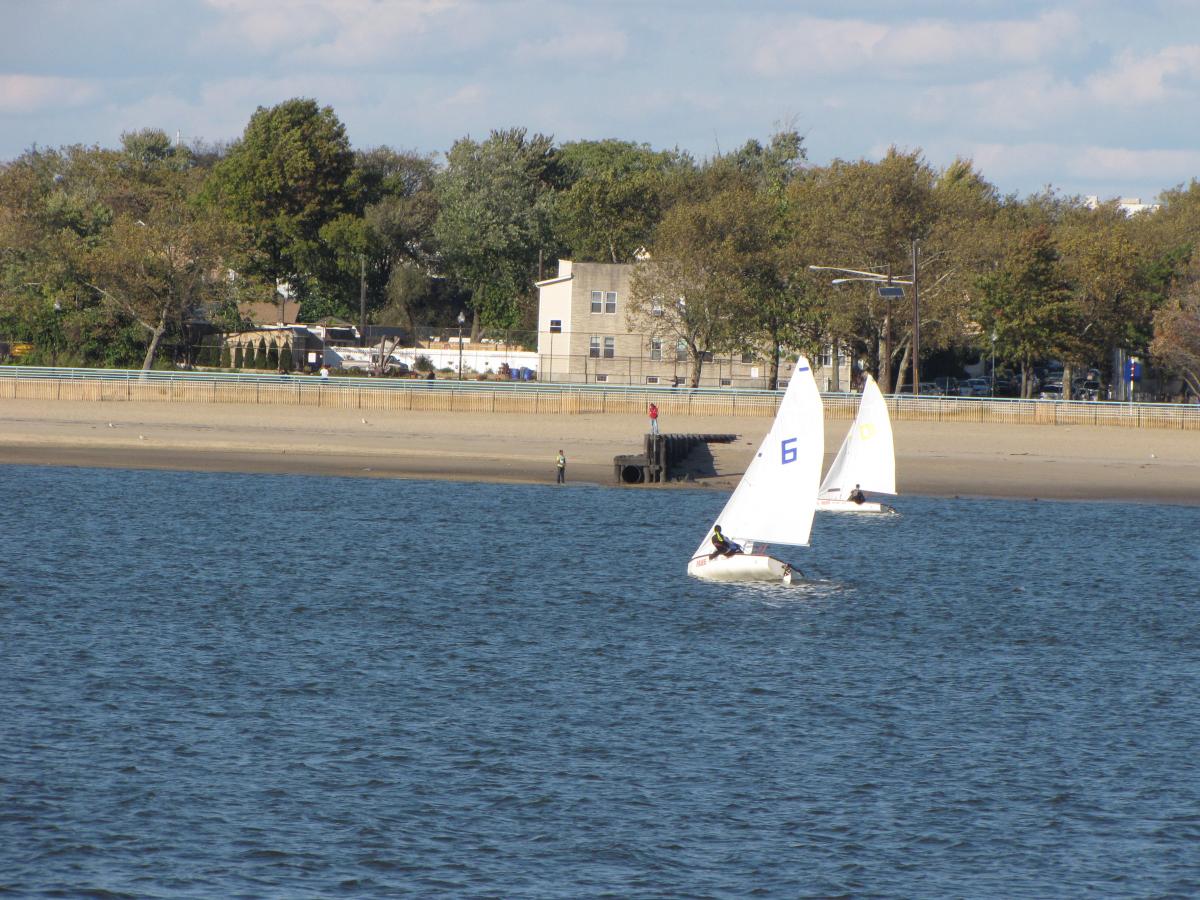New Jersey municipalities with combined sewer systems just got a little closer to reducing the amount of raw sewage being dumped into our waterways. July 1, 2018, marked the end of the first three years of the combined sewer overflow (CSO) permits that were issued to 21 municipalities and four utilities by the New Jersey Department of Environmental Protection (NJDEP). All of the permit holders met the state-mandated deadline for providing reports on the status of their efforts to comply with requirements to address their CSO systems. These reports include:
- System Characterization Report: A document describing who owns the system, the population served by the system, the service areas and data collected to create a model of the system that can be used to predict overflows based on rainfall and to test CSO reduction options.
- Public Participation Process Report: According to USEPA CSO guidance, this report should describe a “public participation process that actively involves the affected public in the decision-making to select long-term CSO controls.”
- Consideration of Sensitive Areas Plan: This report identifies sensitive areas as defined by the National CSO policy. These are to be given the highest priority for the controlling of overflows. Sensitive areas include:
- Outstanding National Resource Waters;
- National Marine Sanctuaries;
- Waters with threatened or endangered species or their designated critical habitats;
- Primary contact recreation waters, such as bathing beaches;
- Public drinking water intakes or their designated protection areas; and
- Shellfish beds.
- Compliance Modeling Report: To answer the important question of whether they are meeting their required goals, permit holders are required to collect data so that they predict water pollution using mathematical simulation techniques to understand the current water quality and describe how they will continue their water quality-monitoring program.
The NJDEP is now in the process of a 60-day review of all of the reports submitted. To help the public participate in the process, the reports were made available promptly on the NJDEP’s website. However, NJDEP is not just sharing this information; it’s also asking for feedback on the reports. You can send comments on the reports to the NJDEP by contacting DEP team leads.
While the NJDEP is pleased that all of the permit holders have submitted this round of reports on time, community and advocacy groups have raised concerns about the need for two-way communication between permit holders and the public. Deputy Commissioner Debbie Mans, speaking at the Jersey Water Works membership conference, recognized these concerns and said the NJDEP “is looking for ways to improve the public participation process.”
Over the next two years permit holders will be completing two more reports:
- Alternatives Analysis report, due July 1, 2019: This report will describe the alternatives permit holders are considering for inclusion in the Long Term Control Plan. The analysis will cover green infrastructure alternatives like rain gardens and permeable pavement, that reduce the amount of stormwater entering the sewer system, as well as gray infrastructure like stormwater detention basins, sewer separation, and expansion of sewer treatment plants, that will create more storage and treatment capacity.
- Long Term Control Plan, due July 1, 2020: This report will describe the alternatives selected by permit holders, why they were chosen and the implementation plan.
Eliminating CSOs can’t come soon enough for the 21 communities with combined sewer systems. For places like Elizabeth and Perth Amboy, fewer overflows means fewer public health issues and water quality concerns related to raw sewage being dumped into local water bodies and backing up into streets and basements. But combined-sewer overflows don’t just affect their host communities: NJ.com reported that 12 beaches in Monmouth County were closed in July because of “floatables” that included “diabetic needles, tampon applicators, paper and bottles.” The NJDEP spokesman said that the source of the garbage may have been a combined sewer discharge in the New York harbor. Addressing combined-sewer overflows will benefit the entire state.
